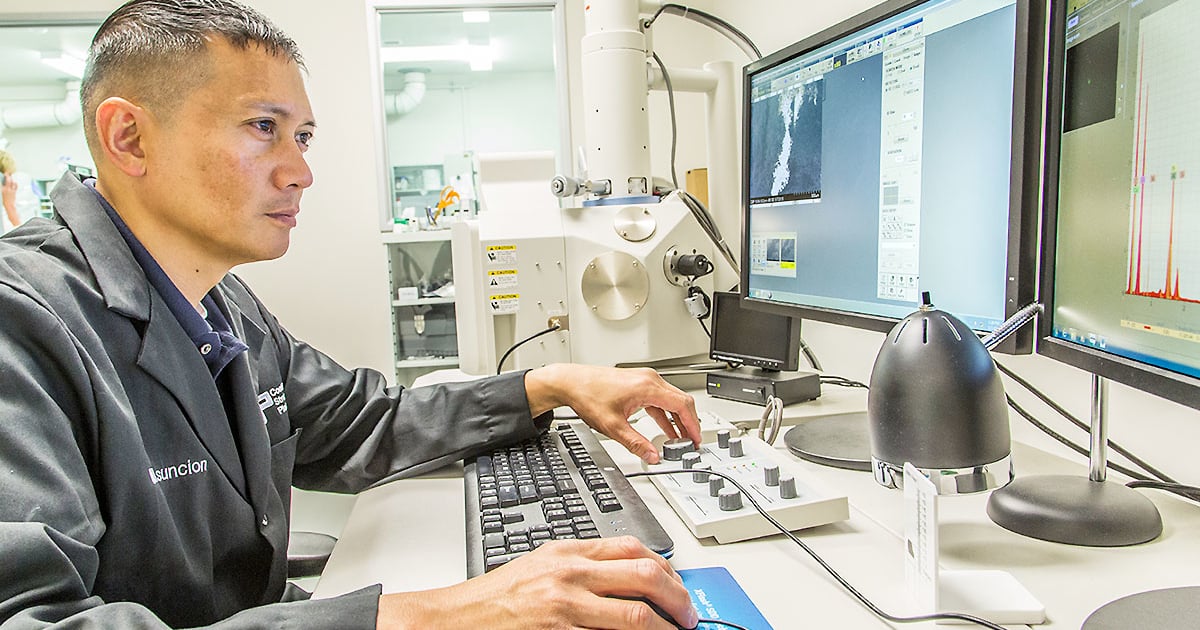
TRAVERSE CITY, Mich. — Historians will look back at the summer of 2023 as a miserable season of cities sweltering under unprecedented heat, destructive flooding in Vermont, Chicago and Philadelphia, massive forest fires in Canada and the American West and smoke altering the color of the sky.
The auto industry may well remember it as the moment companies stepped on the accelerator pedal to move forward on electric vehicle programs, EV charging networks, the adoption of new materials and getting business plans in order to be more sustainable and better embrace the EV age.
“We find ourselves in the middle of all this, and we know we have to be the most sustainable company we can be — but now more so because of what’s going on,” said Aruna Anand, CEO of Continental‘s automotive group sector in North America, speaking on the sidelines of the Center for Automotive Research Management Briefing Seminars, an annual industry gathering in Traverse City, Mich. “Our employees are seeing the effect that these things have on our environment and want to do more.”
Last month — believed to be the hottest in U.S. history — an employee resource group came together at Continental’s North American headquarters in Auburn Hills, Mich., to brainstorm measures that might help the company’s ongoing sustainability efforts. The group generated more than 200 ideas that the company is reviewing, Anand said.
“The historic heat, the fires — they’re catalysts of change. And you’re seeing change,” acknowledged Mike Siwajek, vice president of R&D for materials supplier Teijin Automotive Technologies. “These events are stimulating our discussions and plans.”
Siwajek cited one other component of the miserable summer: On July 25, a cargo ship laden with 3,784 new vehicles caught fire off the coast of the Netherlands, killing one crew member. Although the official cause of the fire has not been established, an early press report suggested it may have started in the battery of an electric vehicle sitting onboard. However it started, lithium ion battery fires are hard to put out.
“Something like this raises questions about the materials used in EVs,” Siwajek told Automotive News at the industry event. “People want solutions.”
Engineers at Teijin, which supplies a wide range of composite materials to automakers to produce EV battery carriers, pickup boxes and other components, have been working to develop an advanced flame-retardant material to ease consumer and automaker worries about battery fires. The material, called phenolic, is better known in the aerospace industry, and Siwajek’s R&D team has been attempting to apply it to autos.
This month, Teijin will put the material into its first production-scale trial at its plant in Grabill, Ind., Siwajek said, with commercial production quickly launching at plants in the U.S. and France.
It’s not just auto suppliers that are pushing forward. Subaru, which has lagged the industry in planning to electrify its product portfolio, announced this week that it will bring eight new EVs to market instead of the four it previously planned. And since late May, several other automakers, including General Motors and Ford Motor Co., reached agreements with EV market leader Tesla to share its more developed charging network to speed up EV adoption.
Paul Thomas, executive vice president of Bosch Mobility Solutions, Americas, acknowledged that there is heightened awareness of climate issues this summer, and with it, more attention by the company on worker safety and comfort at its factories and offices.
“Sustainability is always on our mind. We’ve always wanted to move quickly,” he told Automotive News. “But there is some concern that we need to improve the Earth quicker than in the past.”
He told the Traverse City audience that the increasing urgency of electrifying and connecting the auto industry will present management challenges for suppliers, in terms of how they allocate capital and operate profitably.
“The balance of technology keeps me awake at night,” Thomas said. “Am I putting the right money into the right place at the right time? Do I have enough people working on both internal combustion programs and EV programs? You don’t want the people working on the old stuff to think you only care about the people working on the new stuff.”
Part of that “new stuff” is the electric bicycle market. On the way to supplying electric power drives for two-wheelers, Bosch — the biggest auto supplier in the world — has become the No. 1 producer of eBike power systems, representing $1 billion in new business, Thomas said.
To help speed up Bosch’s transformation into a diversified company of sustainable mobility products and services, the company said in May it will adopt a new corporate structure called Bosch Mobility, to take effect in January. Thomas will become president of Bosch Mobility Americas at that time, responsible for North and South America.
He said the change in structure will help Bosch navigate the industry’s rapidly changing landscape as it moves into new areas suchas hydrogen fuel cells and software services.
Speeding up the process of getting new products and innovations to the market is something the entire auto industry is dealing with, said Robin Milavec, president of steering supplier Nexteer Automotive.
“We all are being asked to move faster,” Milavec said. “The pace of change in the industry is greater right now than at any time in my career. All of our OEM customers are driving very rapidly to bring new battery electric vehicles to market.”
Milavec said developing a new steering system for a vehicle program is a process that traditionally took three to four years.
Now?
“We’re looking at a cycle of 18 months, sometimes 12 months, to develop a steering system and software.”
That change is requiring Nexteer to rely more heavily on artificial intelligence in the software design center, he said.
“We all have to find creative ways to do what we need to do.”
And in the pressure cooker of this summer, those solutions can’t come too quick.

